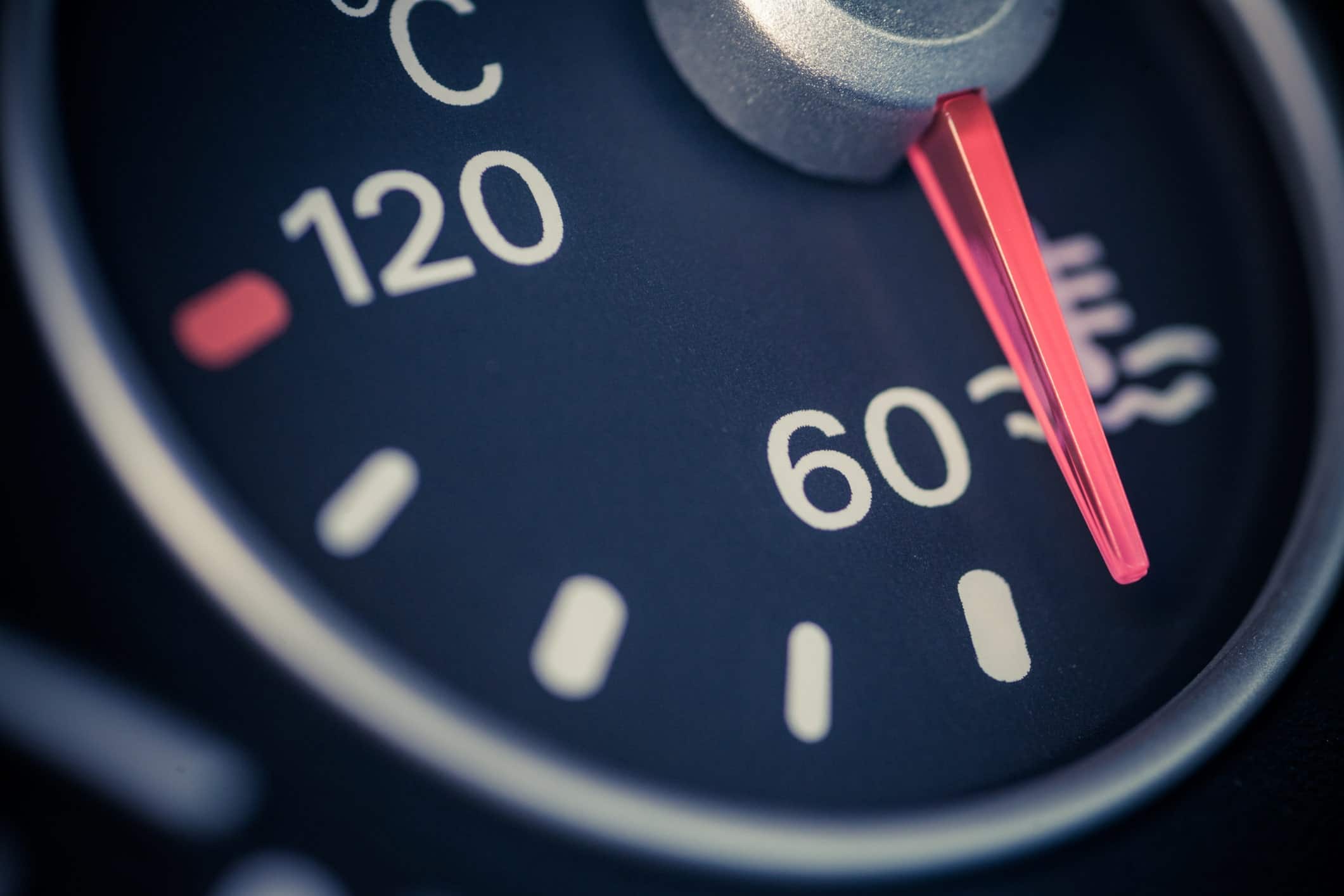If you are continuously receiving an engine temperature warning in your car, it indicates a persistent issue with the engine’s cooling system. It is essential to address this problem promptly to prevent potential engine damage. Here are some steps to help resolve the error:
- Pull over and turn off the engine: When you receive the engine temperature warning, find a safe place to pull over and turn off the engine immediately. This will help prevent further overheating and potential damage to the engine components.
- Allow the engine to cool down: Open the hood to promote faster cooling. Be cautious not to touch any hot engine components. It is crucial to let the engine cool down completely before proceeding.
- Check coolant level: Once the engine has cooled down, check the coolant level in the coolant reservoir. If it is low, add the appropriate coolant mixture to bring it to the recommended level. Refer to your vehicle’s manual for the correct coolant type and mixing ratios.
- Inspect for coolant leaks: Inspect the engine bay and the underside of your vehicle for any signs of coolant leaks. Look for visible coolant puddles, wet spots, or signs of coolant residue around hoses, the radiator, water pump, or gaskets. If you find any leaks, have them repaired by a professional mechanic.
- Verify the radiator fan operation: Start the engine and let it idle while observing the radiator fan. The fan should kick in at some point to help cool the engine. If the fan does not activate, it may indicate a faulty fan motor, fan relay, or temperature sensor. Consult a mechanic to inspect and repair the cooling fan system if needed.
- Check the thermostat: A malfunctioning thermostat can cause overheating. A mechanic can test and replace the thermostat if necessary.
- Inspect the radiator and hoses: Check for any blockages in the radiator fins or damage to the radiator. Also, inspect the coolant hoses for leaks, cracks, or bulges. If any issues are found, have them repaired or replaced.
- Check the water pump: The water pump circulates coolant through the engine. If it is faulty, it can lead to inadequate coolant flow and overheating. A mechanic can inspect and replace the water pump if needed.
- Flush and refill the cooling system: Over time, coolant can become contaminated or lose its effectiveness. Consider having a professional mechanic flush and refill the cooling system to ensure optimal performance.
- Consult a professional mechanic: If the engine temperature warning persists after performing the above steps, or if you are uncertain about the cause, it is crucial to have your vehicle inspected by a qualified mechanic. They can diagnose the underlying issue and perform the necessary repairs to fix the error.
Remember, an engine temperature warning should not be ignored, as continued overheating can cause severe engine damage. Taking immediate action and seeking professional help will help resolve the error and ensure the safe operation of your vehicle.
SHARE
